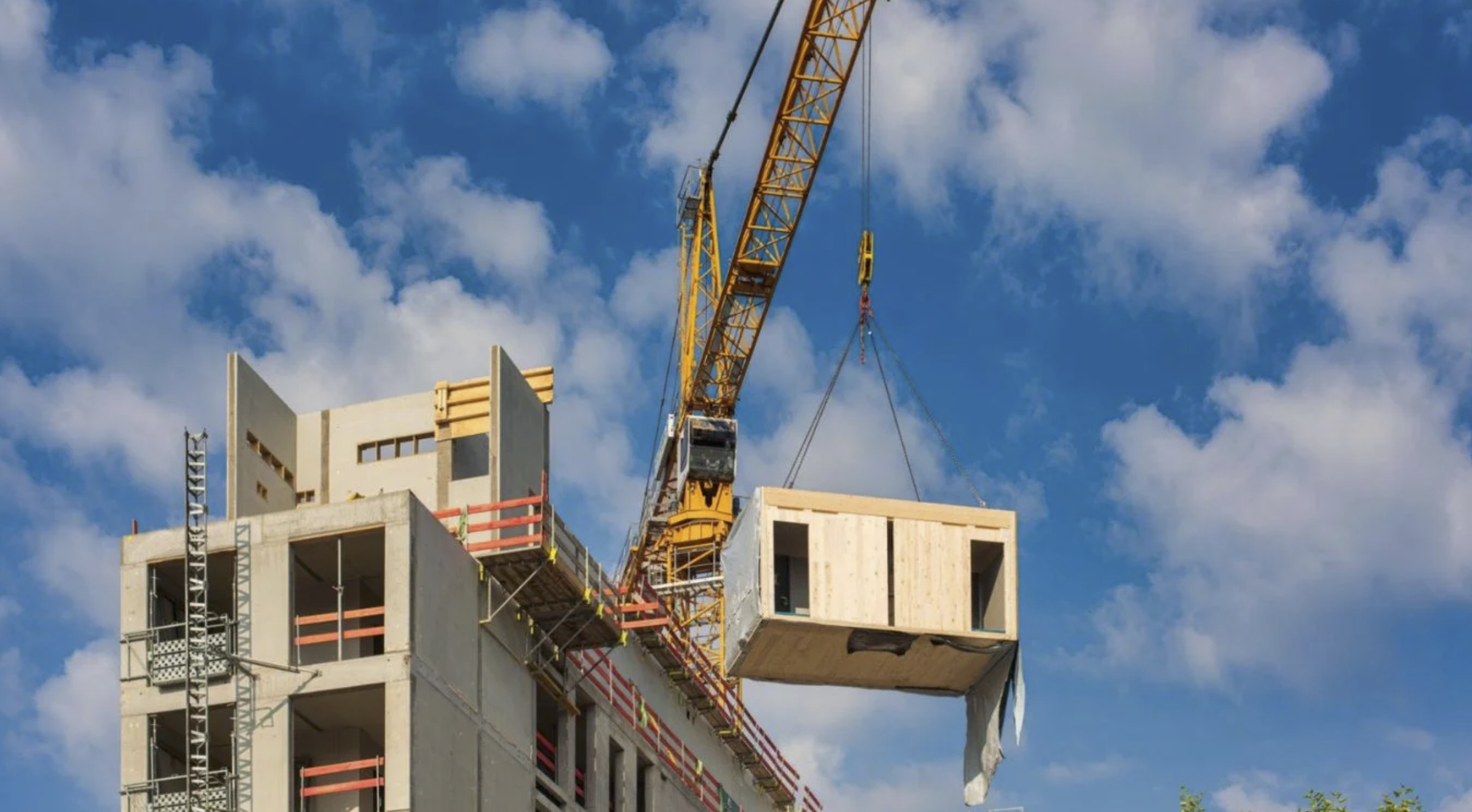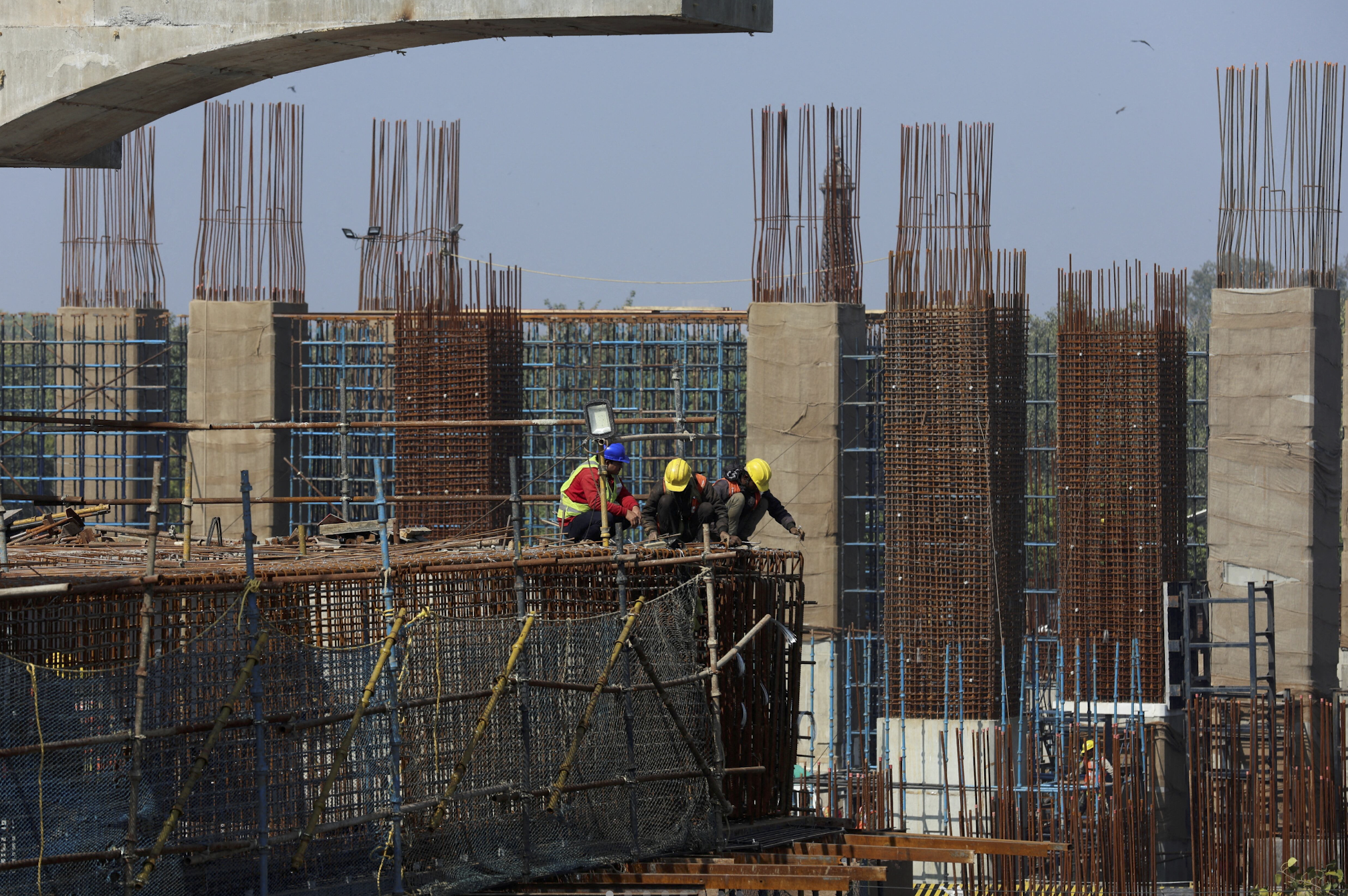Ideas that shape the future
Stay ahead with expert advice, innovative ideas, and
the latest updates from the world of construction
the latest updates from the world of construction

Modular vs Prefabricated Construction: Exploring the Benefits
Modular vs Prefabricated Construction: Exploring the Benefits
The construction industry is undergoing a major transformation, driven by advances in technology, sustainability goals, and the demand for faster, more cost-effective building methods. Among the revolutionary approaches gaining traction are modular and prefabricated construction. While these terms are sometimes used interchangeably, they have distinct meanings and benefits that are helping reshape how buildings are designed, fabricated, and assembled.
This article dives deep into the advantages of modular versus prefabrication construction and why these innovative methods are becoming preferred options for commercial, residential, and institutional projects.
Understanding the Difference
Before exploring benefits, it’s important to clarify the difference:
• Prefabricated Construction (Prefab): This refers broadly to any building components made off-site in a factory or controlled environment and then transported for assembly on-site. These components can include walls, floors, staircases, bathroom pods, window panels, and more. Prefabrication is about the advanced manufacturing of parts that were traditionally built on-site.
• Modular Construction: This is a subset of prefabrication where entire volumetric modules or sections of a building—fully assembled with finishes, electrical, plumbing, and fixtures—are constructed off-site. These modules are then transported and assembled rapidly on-site, often forming the entire structure or significant parts of it.
In summary, all modular buildings use prefabricated materials, but not every prefabricated building is modular. Modular buildings tend to be larger, extensively finished units, while prefab encompasses parts or panels .
Key Benefits of Modular Construction
1. Faster Project Completion
Modular construction projects are known to be completed 30-50% faster than traditional builds. Since modules are built in factories while site preparation is simultaneously underway, the overall timeline from start to finish shrinks dramatically. Factory conditions eliminate weather delays that often stall on-site progress. Once modules arrive, rapid on-site assembly typically takes days or weeks instead of months .
2. Improved Quality Control
Factory manufacturing enables consistent quality control through standardized processes and climate-controlled environments. This reduces defects caused by weather, moisture, or human error on-site. Modules can be constructed to strict specifications with thorough inspections at each stage, ensuring higher durability and precision .
3. Cost Savings
While material costs are comparable to traditional methods, modular construction reduces labor costs due to shorter build durations and reduced on-site workforce needs. Minimizing site delays also controls unexpected expenses, and the factory setting encourages efficient material usage, lowering waste and rework costs. Some projects report up to 20% savings overall .
4. Enhanced Safety
Building in factories with controlled environments limits workers’ exposure to dangerous weather and hazardous site conditions. Modular construction often results in fewer site accidents, promoting occupational safety and reducing liability risks .
5. Sustainability and Reduced Waste
Modular construction produces significantly less waste than traditional methods—sometimes up to 80% less—because materials are used efficiently and scraps recycled within the factory. The process also generates lower emissions, and modular buildings can be designed for disassembly and relocation, supporting sustainable lifecycle management .
6. Minimal Site Disruption
Since most construction is done off-site, the disruption at building sites is greatly reduced. This is particularly beneficial for schools, hospitals, and urban areas where noise, dust, and prolonged construction impact must be minimized .
7. Flexibility and Design Innovation
Modern modular buildings incorporate innovative design with the ability to customize layouts, finishes, and functions. Modules can be combined in various configurations, and structures can be scaled up or relocated, offering flexibility for diverse needs .
Advantages of Prefabricated Construction
1. Speed and Parallel Processing
Like modular, prefabrication accelerates construction by manufacturing components in factories while foundational and site work happen in parallel. This reduces total project time and mitigates weather-related delays .
2. Cost Effective with Waste Reduction
Prefabrication lowers construction costs through decreased labor, improved efficiency, and reduced material waste. Factory precision reduces rework and scrap, which are common on traditional sites, saving money .
3. Durability of Materials
Prefabricated components often use strong, durable materials designed to withstand transportation and handling. These materials resist common site-related issues like moisture damage, ensuring long-lasting quality .
4. Improved Safety
With more construction occurring in a controlled environment, prefabrication leads to fewer accidents and safer working conditions compared to conventional sites .
5. Less Environmental Impact
By reducing on-site construction activity, prefabrication lessens noise, dust, traffic, and site disruption. This is beneficial in sensitive or urban environments, reducing the project’s carbon footprint .
Conclusion: Which to Choose?
Both modular and prefabricated construction methods offer transformative benefits over traditional building, including dramatically improved speed, cost savings, safety, and sustainability. The choice depends on project scale, requirements, and specific building types:
• Opt for modular construction when a quicker overall build with substantial off-site finishing is desired, especially for large-scale or complex buildings needing rapid deployment.
• Choose prefabrication for flexibility in manufacturing specific building components, enabling faster assembly and improved quality control without full module construction.
As the construction industry modernizes further, these innovative approaches are becoming essential tools to meet growing demands for efficiency, sustainability, and quality in 2025 and beyond.
If you would like an image suggestion, a split-view showing the factory-based module construction contrasted with on-site assembly cranes and site preparations perfectly illustrates the modular build process and its efficiency advantages.
This article is grounded in the latest expert insights on modular and prefabricated construction benefits for comprehensive coverage of both methods.
October 10, 2025

Expert in the construction field
Hiring an expert in the construction field can transform a project from average to exceptional. Expertise ensures that every aspect — from design and materials to execution and compliance — is handled with precision, efficiency, and foresight.
The Value of Expertise in Construction
Construction is a complex process involving design interpretation, material selection, budgeting, and site management. Even a small mistake can lead to significant losses in time, money, and safety. This is where professional expertise becomes invaluable — experts know how to foresee challenges, implement smart solutions, and adhere to quality standards at every stage.
Efficient Project Planning
An expert begins with a well-thought-out plan. They assess not only the design but also the feasibility, resources, and timelines.
• Proper planning minimizes delays.
• Resource allocation is optimized, avoiding material shortages or excess.
• Potential risks are identified early, preventing costly rework.
Effective planning by a professional ensures the project stays on track and within the approved budget.
Quality Assurance and Material Selection
Choosing the right materials for each structural component determines durability, safety, and maintenance needs. Experts understand how different materials behave under various conditions and recommend what suits the project best.
• Structural engineers ensure load-bearing elements meet safety standards.
• Civil experts choose materials based on soil and environmental factors.
• Finishing specialists ensure aesthetic and long-term quality.
In short, expert input prevents material mismatch and ensures every layer of construction stands the test of time.
Compliance and Safety
Construction involves several codes, legal requirements, and safety protocols. A professional team ensures that all work adheres to local regulations, environmental laws, and safety norms.
• Licensed experts stay updated with the latest standards.
• They ensure permits and documentation are completed correctly.
• They enforce on-site safety practices that protect both workers and investors.
This legal and procedural clarity reduces risks and enhances the credibility of your project.
Cost Control and Risk Management
While hiring an expert may seem like an added expense, it actually saves money in the long run. Professionals help control costs by:
• Avoiding design or structural errors that lead to rework.
• Ensuring materials are purchased wisely and used efficiently.
• Monitoring schedules to avoid project delays and penalties.
Furthermore, experts anticipate site challenges such as weather conditions, soil issues, or design changes — and manage them with minimal disruption.
Innovation and Sustainability
Modern construction goes beyond basic building. Professionals bring knowledge of green building concepts, energy-efficient materials, and new technologies such as BIM (Building Information Modeling). Their insights make projects future-ready, sustainable, and compliant with new-age standards.
Long-Term Value
A project executed under expert supervision maintains its structural integrity and resale value for years. Proper workmanship ensures fewer maintenance issues, better energy performance, and an overall higher return on investment.
Choosing the right experts means choosing reliability, quality, and peace of mind. In the construction field, where each decision echoes through decades, professional guidance ensures your vision is built on a strong, sustainable foundation.
October 9, 2025

India’s construction industry
India’s construction industry is experiencing unprecedented growth, driven by rapid urbanization, strong government investments, and game-changing infrastructure projects. The sector is projected to reach a market size of $1.4 trillion by 2025 and could surpass $2 trillion by 2030, making it one of the largest construction markets globally.
Growth Drivers
India’s construction boom is fueled by several key factors:
• Urbanization is accelerating, with cities like Mumbai, Delhi, and Bengaluru witnessing a surge in residential and commercial projects.
• Massive investments from the Union Budget and National Infrastructure Pipeline are allocated for highways, railways, airports, and housing initiatives.
• Programs like Gati Shakti, Bharatmala, and the Smart Cities Mission are strengthening connectivity, driving sustainable development, and enhancing the quality of urban life.
• The “Make in India” initiative is attracting foreign investment—over $25 billion—boosting smart building technologies and modern construction practices.
Mega Projects Transforming India
Some of the largest infrastructure projects currently underway include:
• Delhi-Mumbai Expressway: India’s largest greenfield expressway, improving logistics and cutting travel time by half.
• Smart Cities Mission: Developing 100 cities with robust infrastructure and sustainable urban planning, creating millions of jobs.
• Bharatmala Pariyojana: Expanding highways and border roads, boosting trade and regional connectivity.
• Coastal Road Projects: Enhancing connectivity and reducing traffic congestion in metros like Mumbai.
• Major Metro and Rail Projects: Rapid expansion of metro networks and high-speed rail corridors in multiple cities.
Sustainable and Digital Transformation
India’s construction sector is moving towards sustainable practices:
• Adoption of green construction materials and energy-efficient methods is rising, supporting eco-conscious development.
• Modular construction, BIM (Building Information Modeling), and IoT (Internet of Things) are driving smarter, safer, and more efficient building processes.
• The boom fosters innovation in affordable housing, commercial real estate, and infrastructure designed to meet future demands.
Economic Impact
This industry’s explosive growth is pivotal for India’s economy:
• It could soon account for up to 15% of GDP and employ over 70 million people by 2030.
• Market expansion improves logistics, enhances connectivity, and catalyzes investment opportunities for global and domestic players.
Looking Ahead
India’s construction industry represents both a success story and a blueprint for continued economic and urban transformation. With robust government support, innovative mega projects, and strategic private investment, the future promises even more dynamic growth, smarter cities, and improved quality of life for millions.
October 9, 2025